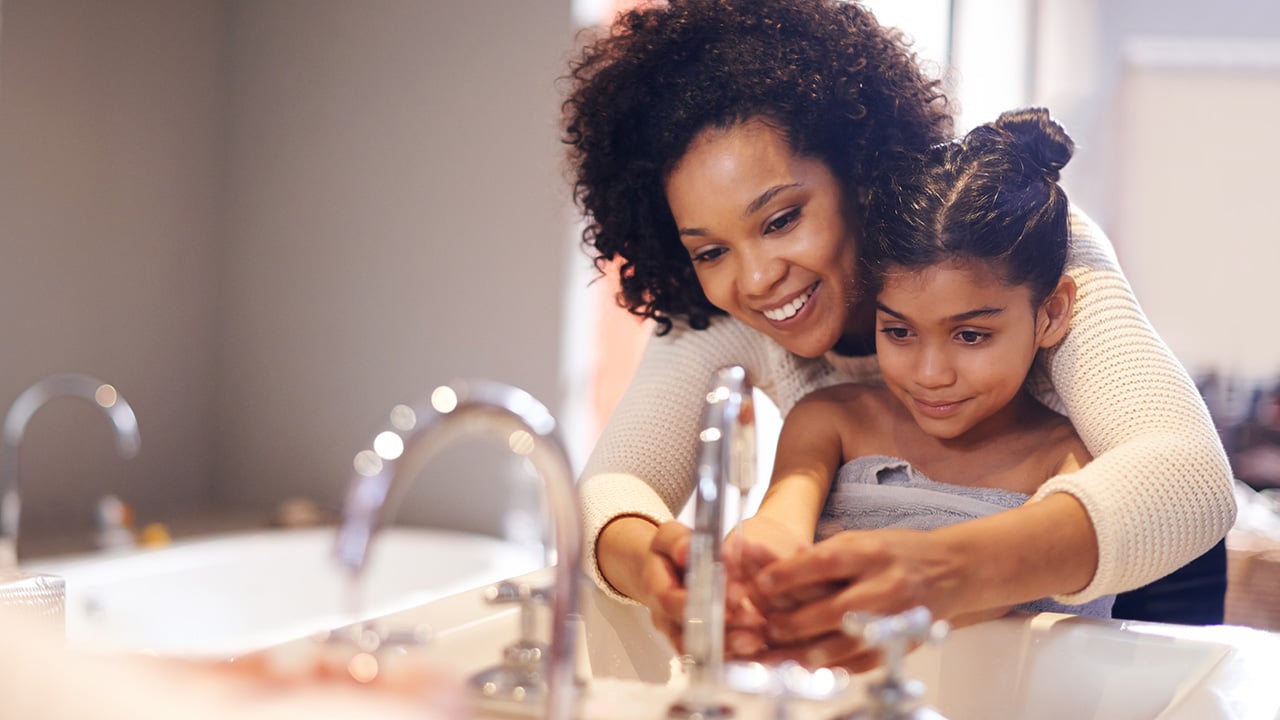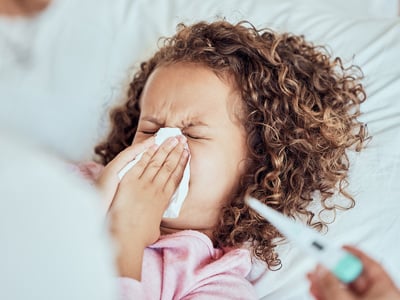- Doctors & Departments
-
Conditions & Advice
- Overview
- Conditions and Symptoms
- ¿Está enfermo su hijo?
- Parent Resources
- The Connection Journey
- Calma Un Bebé Que Llora
- Sports Articles
- Dosage Tables
- Baby Guide
-
Your Visit
- Overview
- Prepare for Your Visit
- Your Overnight Stay
- Send a Cheer Card
- Family and Patient Resources
- Patient Cost Estimate
- Insurance and Financial Resources
- Online Bill Pay
- Medical Records
- Política y procedimientos en el hospital
- Preguntamos Porque Nos Importa
-
Community
- Overview
- Addressing the Youth Mental Health Crisis
- Calendar of Events
- Child Health Advocacy
- Community Health
- Community Partners
- Corporate Relations
- Global Health
- Patient Advocacy
- Patient Stories
- Pediatric Affiliations
- Support Children’s Colorado
- Specialty Outreach Clinics
Your Support Matters
Upcoming Events
Colorado Hospitals Substance Exposed Newborn Quality Improvement Collaborative CHoSEN Conference (Hybrid)
lunes, 29 de abril de 2024The CHoSEN Collaborative is an effort to increase consistency in...
-
Research & Innovation
- Overview
- Pediatric Clinical Trials
- Q: Pediatric Health Advances
- Discoveries and Milestones
- Training and Internships
- Academic Affiliation
- Investigator Resources
- Funding Opportunities
- Center For Innovation
- Support Our Research
- Research Areas

It starts with a Q:
For the latest cutting-edge research, innovative collaborations and remarkable discoveries in child health, read stories from across all our areas of study in Q: Advances and Answers in Pediatric Health.


What are Germs and How Can We Prevent Them from Spreading?

One of the first ways we teach kids about illness and prevention is through the idea of germs — tiny ever-present microorganisms that can make us sick. This is a useful teaching tool, but the reality of germs can be much more complicated.
Germs 101
According to Children’s Hospital Colorado infectious disease expert Sam Dominguez, MD, a whole host of microorganisms can fall into the “germ” category, including protozoa, bacteria, viruses and fungi. However, he says, most people are referring to viruses and bacteria when they talk about germs. These two categories are responsible for many of the sicknesses that kids bring home from school, including strep throat, respiratory syncytial virus (RSV), norovirus and pink eye.
Importantly, not all germs are bad. Bacteria, for example, are very important to having a healthy gut and healthy skin, among other things. That’s just one reason why Dr. Dominguez cautions against a constant fear of germs.
“Germs are everywhere. You cannot live a germ-free life. And so, I think that’s something that we all have to live with, and we have to accept that everyone is going to get quite a few germs along the way, and that's just part of living,” he says. “It’s unrealistic to think that you're going to live a germ-free existence.”
How germs spread for kids
Different germs spread in different ways, Dr. Dominguez says.
“We know that just by the nature of the properties of each pathogen, some are easier to spread than others. They can live on surfaces longer than other pathogens. They can live inside the body longer than other pathogens. They can hang in the air longer than other pathogens. They can survive in different harsher environments. So, every pathogen is unique that way,” he says.
Some germs, including influenza and SARS-CoV-2, the virus that causes COVID-19, spread through respiratory droplets. This means that when someone coughs or sneezes, the germs enter the air and others can breathe them in, causing sickness.
Others spread through touching contaminated surfaces. For example, if you are sick with a virus or bacteria that spreads in this way, it might be a bad idea to wipe your nose and then touch a doorknob, where others can pick up the germ and become sick.
One of the primary ways people contract stomach bugs, such as those caused by norovirus and the bacteria salmonella, is through fecal-oral spread. This might happen when someone uses the restroom, forgets to wash their hands and then has a snack.
Another primary way that germs spread is through sexual transmission. There is a whole category of bacteria and viruses that spread only through bodily secretions.
One of the key places for germ spread is school, beginning with daycare. While kids in daycare may seem to be sick at an unusual rate, Dr. Dominguez says this is a common, though unfortunate, reality.
“We say the average kid in daycare has 10 to 12 viral infections a year. It's a little painful if you're the parent, but it's pretty normal,” he says. “It's just part of the fact that they're being exposed for the first time, and they're being exposed to lots of other children. It's an environment where things are shared very easily.”
How to prevent germs from spreading
Though germs are unavoidable, there are several steps caregivers and kids can take to prevent illness.
Vaccines
One of the most powerful tools we have against germs is vaccination. Some vaccines can completely prevent infection by some germs, while others can help lessen the impact and prevent severe sickness.
“A good example is the COVID-19 vaccine,” Dr. Dominguez says. “It doesn't mean you can't get infected with the virus, but it will help stop you from getting super sick and it will make your risk of getting hospitalized, spending time in the intensive care unit or dying from the pathogen much, much, much lower.”
Hand hygiene
In addition to keeping up to date on vaccinations, the simple act of handwashing can make an important difference when it comes to keeping healthy. It seems simple and is such an ingrained part of everyday life, but for kids especially, learning when and how to properly wash hands can be challenging.
Dr. Dominguez says that some key points at which hands should always be washed are before eating, after using the restroom and after you’ve been in contact with high-touch areas, like the playground. He also recommends washing hands after dirty activities like gardening.
He says the most difficult aspect of handwashing is getting kids to do it when they are away from their caregivers’ watchful eyes. That’s why forming habits in the home is so important.
“What you do at home carries outside the home, so practice these things and hopefully they’ll do them when they're at school as well,” Dr. Dominguez says. “And then, schoolteachers are good with these things, too. I think entrusting our educators for some of this is appropriate. And most of our educators are aware of these issues and have our kids' best healthy interests at heart.”
Another thing to consider is what your kids might pick up while on walks, visiting parks or playing on playgrounds. In addition to making sure their hands are clean after these activities, it’s also important to ensure they aren’t picking up items off the ground that could pose a threat, such as needles.
Preventing sickness in school
Dr. Dominguez says that one of the best things you can do for your child and others is to keep them home when they aren’t feeling well and have significant symptoms, such as a fever, vomiting or diarrhea. This helps prevent the germs from spreading to other kids and gives your child an opportunity to fully recover and rest at home.
Another surprising area of germ transmission in schools is drink sharing. Dr. Dominguez says that kids often share cups, water bottles and other drinks, which is an easy way to spread sickness because of the saliva and other respiratory secretions involved. He suggests stressing to kids the importance of only drinking from their personal bottles and beverages, especially when they aren’t feeling well.
Finally, he recommends that kids wear a mask during times when transmission rates for certain diseases, such as common respiratory viruses, are particularly high. For example, in late 2022, Colorado and the U.S. saw record numbers of RSV infections. During that spike, Dr. Dominguez and his team recommended that kids wear masks when possible.
Should you be afraid of germs?
The impact of germs varies greatly based on the pathogen kids come into contact with, age, health background and chance. While some cause minor illnesses that most people experience frequently, such as a cold, others can be much more severe. Still, Dr. Dominguez says that most people should aim to exercise healthy caution around germs, while not becoming too wrapped up in fear.
He says it’s all about determining your individual risk and acting accordingly. For example, if your family has a new baby, sees elderly grandparents often or has immune-compromised members, it’s a good idea to be extra careful.



 720-777-0123
720-777-0123






